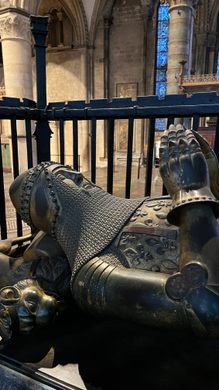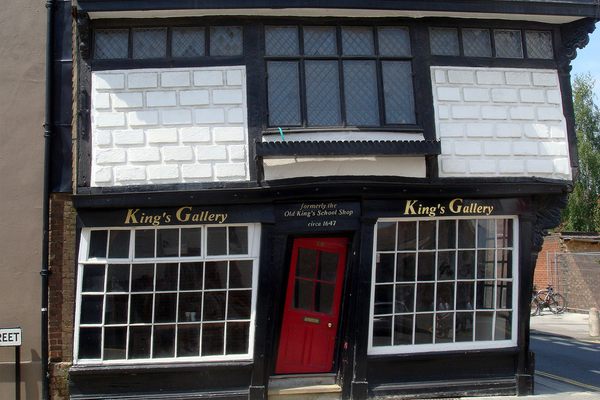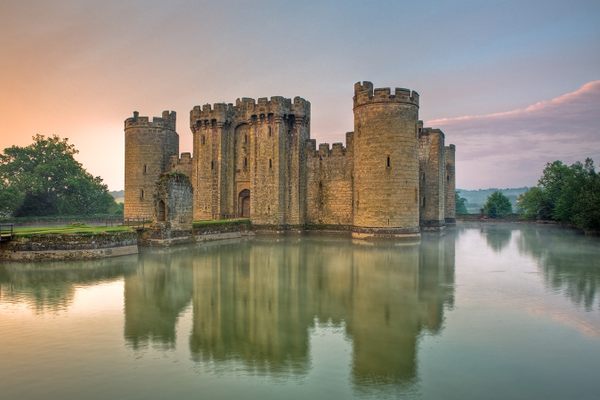Tomb of the Black Prince
An impressive armored bronze effigy marks the tomb of one of the medieval era's greatest warriors.
In Canterbury Cathedral an effigy of a mustachioed knight in full armor lies atop a marble tomb as if in a slumber that has lasted centuries. Bathed in the kaleidoscopic colored light that pours through the stained glass windows, his gauntleted hands are clasped together as if in prayer and his spurred feet rest upon a small grimacing lioness.
This is the tomb of Edward of Woodstock, aka “the Black Prince,” one of the greatest warriors of medieval England, who fought and survived countless battles of the Hundred Years’ War between England and France, only to die young of a disease caused by a bacterial infection.
Born in 1330 as the son of King Edward III of England and the Flemish-born Queen Philippa, Prince Edward grew up at a militarized time in Britain, during which the threat of a French invasion often seemed imminent. So from a young age, he was schooled not only in philosophy and logic but also in warfare.
His first experience of war came in 1346 when he joined his father in a campaign against the French armies in the famous Battle of Crécy. During the battle, the prince and his division charged into the midst of the fray and he was nearly killed by a furious counterattack. This prompted a knight to send an urgent message to the prince’s father to request reinforcements. In what can only be called an act of extreme “tough love,” the king replied that he would not send help as he wanted his son to “prove his spurs” in battle. The prince was to do exactly this, and the battle eventually resulted in an English victory.
Over the years that followed, the warrior prince fought in countless bloody battles, including the siege of Calais. At one point he (ironically) came to his father’s assistance, saving the king’s life during a French attack. At the naval battle of Winchelsea, the prince and his forces attacked a large Spanish ship allied with the French and, despite being outnumbered and nearly sunk, managed to defeat its crews. From 1355 to 1359 Edward conducted further military expeditions to France and fought and won several battles in the medieval French regions of Aquitaine, Poitiers, and Reims and then went to war as a mercenary in the battles between the Kings of Spain through the 1360s. He later became known as the Black Prince, possibly as a reference to the color of his armor, and possibly because he was merciless in battle.
Considered the quintessential chivalrous knight and a national war hero, Prince Edward proved a promising heir to the English throne. But he would never become king. Despite the Black Prince’s many successes in battle, he could not fight the illness that took his life at age 45, a year before the death of his father.
Know Before You Go
The tomb can be found easily as it is located in the center of the cathedral near the famous Thomas Becket shrine. A glass case on the wall nearby displays some heraldic artifacts once worn by the Black Prince. Canterbury Cathedral is open from 9 a.m. to 5 p.m. on weekdays and Saturdays and from 12:30 p.m. to 2:30 p.m. on Sundays. The entrance fee is £12.50 but you can get a discount if you are a card-carrying student.


























Follow us on Twitter to get the latest on the world's hidden wonders.
Like us on Facebook to get the latest on the world's hidden wonders.
Follow us on Twitter Like us on Facebook